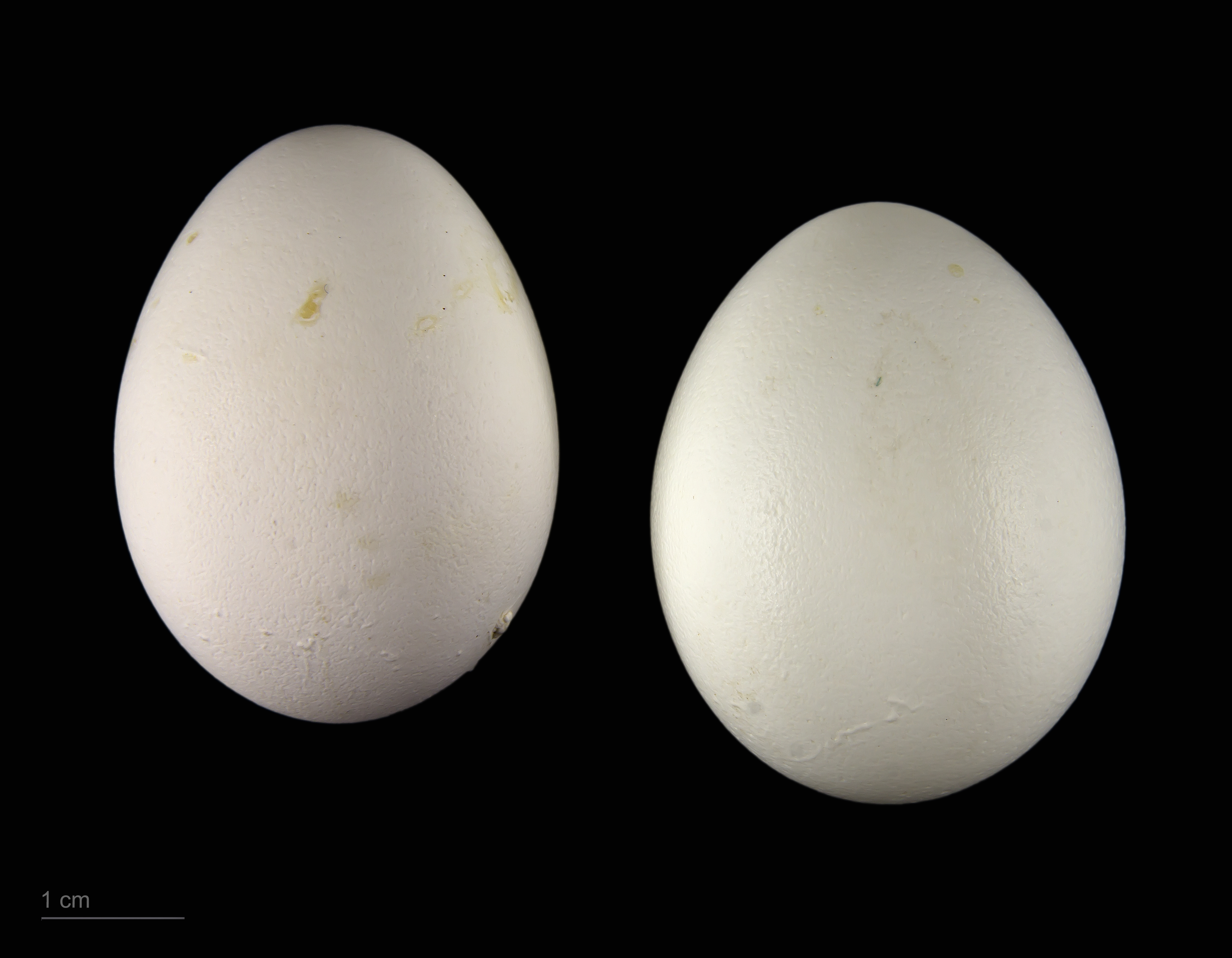|
Sulu Archipelago Rain Forests
The Sulu Archipelago rain forests ecoregion (WWF ID: IM0156) covers the Sulu Archipelago, excepting Basilan Island at the northern end, in the southwest of the Philippines. The islands are separated enough from Borneo to the south and Mindanao to the north that they have developed their own distinctive floral and faunal communities. Most of the original rainforest has been removed or disturbed for agriculture, and political instability in the islands has hampered conservation efforts. Location and description The islands are not the remains of a land bridge between Borneo and Mindanao, but rather are the product of submarine volcanoes. There are deep channels between the Sulus and the larger islands to the south and north, but the distances are not great. The current islands are low-lying and of coral limestone. The islands divide the Sulu Sea to the north from the Celebes Sea to the south. The islands are generally low lying, with the highest elevation being above sea le ... [...More Info...] [...Related Items...] OR: [Wikipedia] [Google] [Baidu] |
Panguan Island
Panguan Island is an island in the Philippine municipality, municipality of Sitangkai, Tawi-Tawi, Sitangkai, Tawi-Tawi. With an area of . It is also known as Malamanok, coming from the Sama–Bajaw languages, Sama-Bajau dialect which means ''eat chicken'' as locals who travel to Sabah usually use this island as a stop-over to eat roasted chicken prior continuing their journey to Malaysia. It is the last island of the Sulu Archipelago nearest to the Malaysia–Philippines border, Philippine-Malaysian border. This island is 50 km or 31 miles away from Sabah state. Just like other Philippine border communities, the area lacks access to food, potable water and healthcare. The island has a newly constructed military barrack, a flagpole, and a small community of Sama-Bajaw, Badjao. History Panguan Island was used as a hideout by the Abu Sayyaf terror group until it was liberated by the 10th Marines Battalion Landing Team (MBLT-10) of the Philippine Marine Corps after the surrender of ... [...More Info...] [...Related Items...] OR: [Wikipedia] [Google] [Baidu] |
Barringtonia
''Barringtonia'' is a genus of flowering plants in the family Lecythidaceae first described as a genus with this name in 1775. It is native to Africa, southern Asia, Australia, and various islands of the Pacific and Indian Oceans. The genus name commemorates Daines Barrington. Species list The following is a list of species of ''Barringtonia'' accepted by the World Checklist of Selected Plant Families as at April 2022: Gallery File:Barringtonia acutangula (Freshwater Mangrove) flower buds in Kolkata W IMG_8546.jpg, flower buds in Kolkata, West Bengal, India. File:Barringtonia acutangula (Freshwater Mangrove) fruits in Kolkata W IMG 8547.jpg, fruits and arrangement of leaves in Kolkata, West Bengal, India. File:Barringtonia acutangula (Freshwater Mangrove) fruits in Kolkata W IMG 8545.jpg, fruits in Kolkata, West Bengal, India. File:Barringtonia acutangula (Freshwater Mangrove) in Hyderabad W IMG 8323.jpg, Tree in Hyderabad, India. File:Barringtonia acutangula (Freshwater ... [...More Info...] [...Related Items...] OR: [Wikipedia] [Google] [Baidu] |
Todirhamphus Winchelli
Winchell's kingfisher (''Todiramphus winchelli'') or the rufous-lored kingfisher, is a species of bird in the family Alcedinidae, the kingfishers. It is endemic to the Philippines, its natural habitat being lowland forests. It is threatened by deforestation, and the International Union for Conservation of Nature (IUCN) has assessed it as a vulnerable species. Taxonomy This species was described as ''Halcyon Winchelli'' by British ornithologist Richard Bowdler Sharpe in 1877, using a specimen collected by American ornithologist Joseph Beal Steere. It was named after American geologist Newton Horace Winchell, as requested by Steere. Although two subspecies were later described, they were usually considered synonymous with the nominate before 1966. That year Kenneth C. Parkes studied a series of 45 specimens and recognised five subspecies, two of which were new. All five are still recognised: ''Todiramphus winchelli nigrorum'' found in the central and east-central Philippines, ''T ... [...More Info...] [...Related Items...] OR: [Wikipedia] [Google] [Baidu] |
Cacatua Haematuropygia
The red-vented cockatoo (''Cacatua haematuropygia''), also known as the Philippine cockatoo and locally katala, abukay, agay or kalangay, is a species of cockatoo A cockatoo is any of the 21 parrot species belonging to the family Cacatuidae, the only family in the superfamily Cacatuoidea. Along with the Psittacoidea (true parrots) and the Strigopoidea (large New Zealand parrots), they make up the ord .... It is Endemism, endemic to the Philippines though pressured by various environmental degradation and illegal pet trades, the population of the Philippine cockatoo is somehow growing owing to Katala Organization.It is roughly the size and shape of the Tanimbar corella, but is easily distinguished by the red feathers around the vent. It is threatened by habitat loss and the cage-bird trade. Description The plumage is all white with red undertail coverts tipped white, yellowish undertail and pale yellow underwings. It is long and has an wingspan. Ebird describes it is ... [...More Info...] [...Related Items...] OR: [Wikipedia] [Google] [Baidu] |


